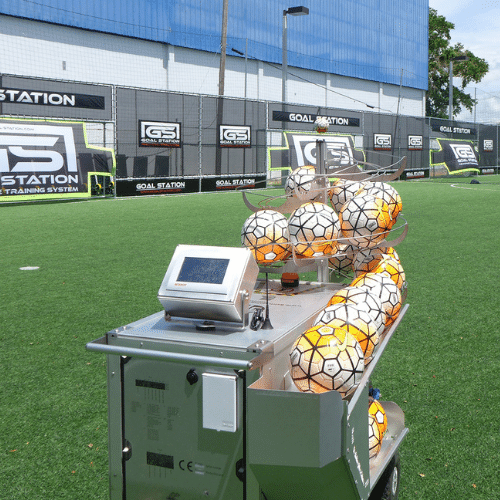The story behind the Football Cannon
The Football Cannon was developed at the beginning of the eighties and in 1984 the first prototype was ready. It is the former goalkeeper Karsten Simensen who is behind the idea of the Football Cannon.
The man behind the idea
Karsten Simensen had a long and successful football career as a goalkeeper behind him. Karsten played 275 division matches for AaB, almost 100 division matches for Frederikshavn, and was also selected for the Danish national team.
As a youngster, Karsten was on coaching courses at DBU and again when his career stopped he was on the course again. Here, Karsten experienced that there was no specific training for the goalkeeper as the philosophy was that the goalkeeper was part of the team and had to participate in functional training. Therefore, special training of the goalkeepers was almost forbidden.





